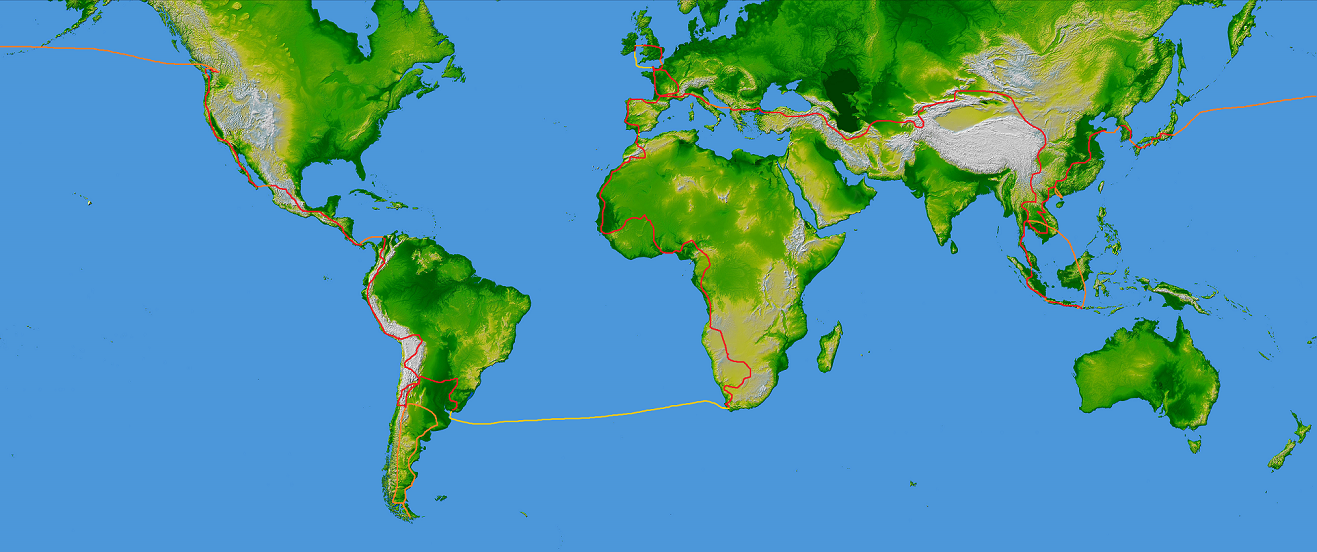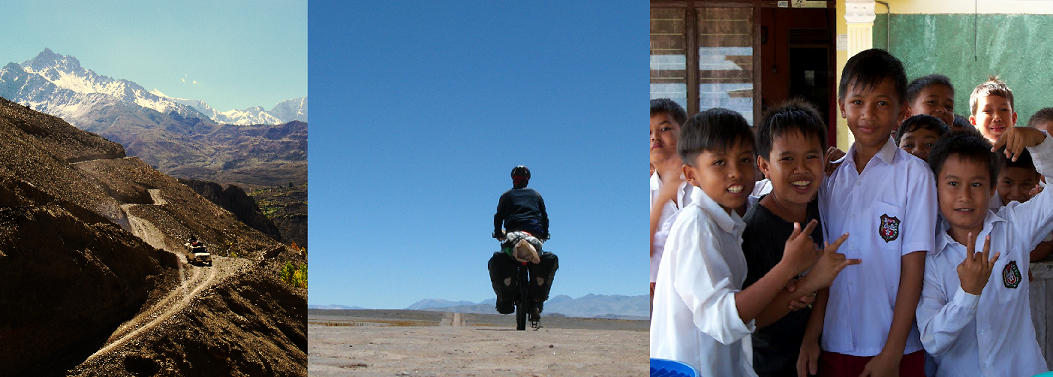We´ve spent the past ten days meandering up through western Nicaragua. Off the main roads, the pace of traffic has slowed down, with less cars, more bicycles, horses and ox-carts trundling along beside us. The rainy days of Costa Rica and Panama are behind us and we´re back camping under the filling moon. I´ve lots to write but I´m also hungry and tomorrow we leave for the Honduras border, so instead I´ll cheat and cut and paste a poem by the national bard, Rubén Darío, founder of Spanish-American literary movement known as modernismo in the late 19th century. The poem was a reaction to the involvement of the United States in the separation of Panama and Colombia that subsequently allowed the US to construct the Panama canal and retain jurisdiction over the Canal Zone until the last decade.
To Roosevelt by Rubén Darío (translated by L. Kemp)
The voice that would reach you, Hunter, must speak
in Biblical tones, or in the poetry of Walt Whitman.
You are primitive and modern, simple and complex;
you are one part George Washington and one part Nimrod.
You are the United States,
future invader of our naive America
with its Indian blood, an America
that still prays to Christ and still speaks Spanish.
You are strong, proud model of your race;
you are cultured and able; you oppose Tolstoy.
You are an Alexander-Nebuchadnezzar,
breaking horses and murdering tigers.
(You are a Professor of Energy,
as current lunatics say).
You think that life is a fire,
that progress is an irruption,
that the future is wherever
your bullet strikes.
No.
The United States is grand and powerful.
Whenever it trembles, a profound shudder
runs down the enormous backbone of the Andes.
If it shouts, the sound is like the roar of a lion.
And Hugo said to Grant: "The stars are yours."
(The dawning sun of the Argentine barely shines;
the star of Chile is rising..) A wealthy country,
joining the cult of Mammon to the cult of Hercules;
while Liberty, lighting the path
to easy conquest, raises her torch in New York.
But our own America, which has had poets
since the ancient times of Nezahualcóyolt;
which preserved the footprint of great Bacchus,
and learned the Panic alphabet once,
and consulted the stars; which also knew Atlantic
(whose name comes ringing down to us in Plato)
and has lived, since the earliest moments of its life,
in light, in fire, in fragrance, and in love--
the America of Moctezuma and Atahualpa,
the aromatic America of Columbus,
Catholic America, Spanish America,
the America where noble Cuauthémoc said:
"I am not in a bed of roses"--our America,
trembling with hurricanes, trembling with Love:
O men with Saxon eyes and barbarous souls,
our America lives. And dreams. And loves.
And it is the daughter of the Sun. Be careful.
Long live Spanish America!
A thousand cubs of the Spanish lion are roaming free.
Roosevelt, you must become, by God's own will,
the deadly Rifleman and the dreadful Hunter
before you can clutch us in your iron claws.
And though you have everything, you are lacking one thing:
God!
On Ometepe island
Preparations are underway for next year´s presidential election. This poster is for incumbent Daniel Ortega of the FSLN (Sandinista), most of them are.
At the market in Granada
Mural painter in Granada
Morning time in the central highlands
Watering cans
Ellie crossing a stream near Ciudad Dario
A christmas tree in front of Leon´s cathedral
Portrait of General Sandino at the monument to the Nicaraguan revolution in Leon
Leon, Nicaragua
Pedaled: 39,146 km





















































